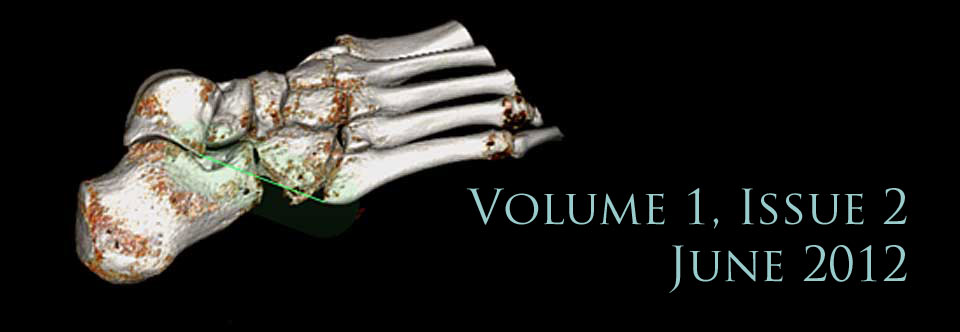News – Mobile Chronic Disease Management
Medical devices that combine consumer electronics and apps are revolutionizing chronic disease management. These new breeds of medical devices interface with smartphones to allow patients with chronic diseases, such as diabetes, to monitor their health and share the information with their treating physicians. Mobile disease management has the potential to collect, organize and analyze patient data through evidence-based clinical guidelines, and then give patients feedback when they need it. Furthermore it can connect patients to their health care providers, educators and other people who have the same disease.
Diabetes affects 171 million people worldwide and it is estimated by the year 2030, 366 million people worldwide will have diabetes[1]. There is an increasing burden on primary care physicians and endocrinologists to manage patients with diabetes, and consequently patient care will be compromised. On average a typical patient with diabetes will spend 6 hours a year with their primary care provider. Then they are left to manage a complex and challenging disease on their own. Mobile disease management can fill in this “in-between” time.
One such device is iBGStar, which was developed by Sanofi and AgaMatrix. iBGStar is a glucose meter that can be used on its own, or connected directly to an iPhone or iPod touch. The information stored on the app can be shared with the patient’s healthcare team. When the patient goes to the doctor, she can see pattern of the blood glucose readings and adjust medication or advise behavior changes accordingly.
WellDoc, a Baltimore-based behavioral science and technology company, developed a super-app called DiabetesManager. DiabetesManager collects data on the patient’s blood glucose levels, diet, exercise and medication regime, then uploads information to the cloud-based analytic system. The system provides automated feedback to the patient based on that data in the form of alerts, prompts and positive reinforcement. They recently published their results and showed that there was a statistically significant 1.9% mean decrease in A1c levels for the intervention group who used the DiabetesManager compared to a 0.7% mean decrease for the control group over a 12 month period[2].
Mobile disease management will provide a more diversified platform that will enable constant connectivity between patients and their doctors. It will not be long before this field expands to multiple therapeutic areas and a number of other chronic diseases such as COPD, heart disease and pain management.
[1] World Health Organization, “Facts and figures about diabetes,” http://www.who.int/diabetes/facts/world_figures/en/
[2] Quinn CC, Shardell MD, Terrin ML et al., Cluster-randomized trial of a mobile phone personalized behavioral intervention for blood glucose control, Diabetes Care, 2011; 34(9):1934-42.


